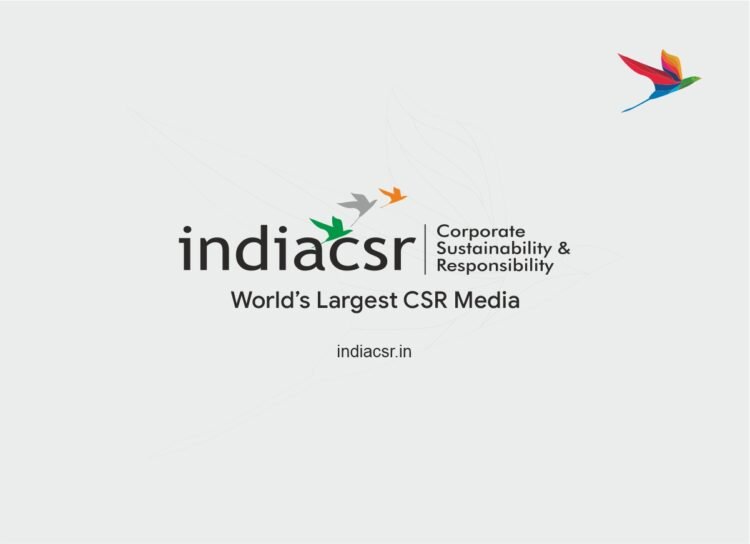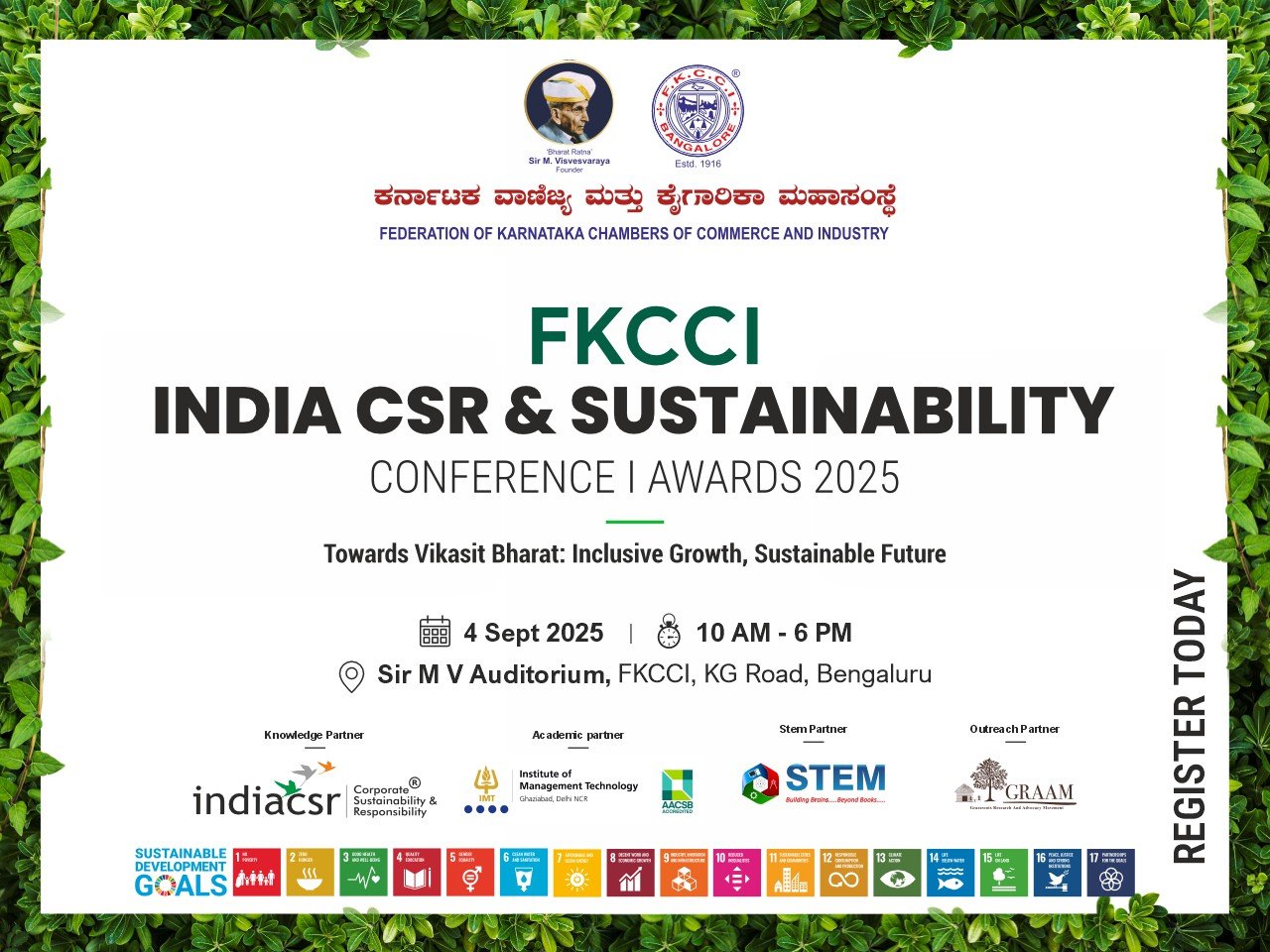By A K Tripathi
In the previous article under this series titled Sustainable Living, we started with concept called Connecting to Mother Earth. We explored how the concept of connecting to Mother Earth (Prithvi) has direct and substantial bearing on the concept of Sustainability.
We now take this journey forward and explore how connecting to Fire (Agni) is also closely linked to the concept of Sustainability.
The idea stems from basic fact that what derives itself from nature; comes from and gets backs to the five elements called Panchtatvas Panchatatva viz; Earth (Prithvi), Fire (Agni) , Water (Jal), Air (Vayu) and Void (Aakash). The human existence has a natural affinity to these elements and therefore it must connect, replicate and communicate with these five elements, in order to be sustainable and enjoyable. Fire (Agni) is one of these five powerful elements about which we shall talk in this article.
Connecting to Fire (Agni):
Fire (Agni) has three distinct dimensions which have direct connectivity to sustainability. These three dimensions are – Fire as Purifier, Fire as Energy and Fire as Illuminator. Although these three dimensions are interlinked, Fire touches our lives distinctly through these three manifestations. We shall explore how these manifestations affect human existence and how connectivity to them takes us towards sustainability.
Fire- The ultimate purifier
Fire is the ultimate purifier. All kinds of bacteria, toxins, wastes are destroyed by fire. Even the worst kinds of wastes like hospital-waste are finally disposed through a process called incineration, which is basically a process of burning the toxic materials. Not only fire is the best purifier, it is the quickest purifier. Although the other elements viz. Earth, Water, Air and Void also have capacity to purify, fire surpasses all these elements in purification power.
The most visible and abundant form of fire which nature has provided us is the Sun. The very first sustainability imperative of connecting to fire is to get optimal exposure to Sun. This exposure is essential for our bodies, homes and work places. It purifies us. It removes bacteria, viruses, odour, fungus, mucous, insects and prevents many diseases. It also improves blood circulation, mental health, mood, concentration and productivity. As a result, it reduces the need for anti-allergics, mood enhancing drugs, antibiotics, air purifiers and insecticides etc. and thus makes our living cleaner, purer and more sustainable.
However, our quest for comfort keeps us largely away from the Sun. Many people spend most of their time closeted in houses, cars and offices with heavy curtains and air conditioning added for extra comfort. A glaring evidence of this behaviour is severe lack of vitamin D in many urban adults in the country.
In an article by Pratibha Masand (Times of India May 05, 2013) it is reported that more than 80% of supposedly healthy Indians are vitamin D deficient. This report is based on the findings of Diabetes Foundation of India. It is an irony that while we live in a country full of sunshine but Indians are still deprived of the sunshine vitamin. Vitamin D deficiency is also related to high incidence of Type 2 diabetes.
One of India’s leading diabetologists, Dr Banshi Saboo, founder of Diabetes Foundation of India, points out that research has established strong association of vitamin D deficiency with diabetes, immunity disorders, asthma, TB, high blood pressure, neuro-muscular function, etc. Dr Saboo further adds, “Low level of vitamin D is associated with higher incidence of type 2 diabetes and correcting Vitamin D deficiency improves insulin sensitivity and helps in better management of hyperglycaemia. Also vitamin D deficiency has been associated with high incidence of type 1 diabetes.1
Further, one of the most important and all pervasive health problems we face is High Blood Pressure. It is so prevalent our country that almost every second person I meet says he has it. We don’t really need a high class published data to know that this problem is wide spread all around us.
On global scale, high blood pressure is the biggest cause of deaths. A vast amount of medicines are manufactured and consumed for curing high blood pressure. An Institute for Health Metrics and Evaluation (IHME) global study of health risks finds that high blood pressure caused 9.4m early deaths, while smoking was next biggest. (The Guardian, 13 Dec 2012)
The sun’s rays are known to lower blood pressure. Even a single exposure lowers blood pressure in individuals with high blood pressure. Sunlight also penetrates deep into the skin to cleanse the blood and blood vessels and increases oxygen content in human blood. It enhances the body’s capacity to deliver oxygen to the tissues; very similar to the effects of exercise. Ultimately and most importantly, Sunlight builds the immune system.
Connecting to Fire (Agni) in the form of sunlight, coupled with connecting to other four elements (Earth, Water, Air and Void) can cure such large killer ailments like diabetes and high blood pressure. These so called lifestyle diseases are counter sustainability and counter well being. There is no point in allowing unsustainable conditions like high blood pressure into millions of bodies and then opening health centres and treating them with medicines worth billions of dollars. This is an unsustainable vicious circle.
Since Sun is a very powerful source, some moderation in physical exposure to Sun may be required, but the fact remains that Sun is a very potent anecdote against situations which create unsustainable living conditions.
Fire- The Energy Source
Another powerful dimension of Fire is Energy. Fire is a well known form of energy. It is also the most widely used form of energy right from power plants to internal combustion engines to households.
Connecting to Fire means optimally utilising the Energy of Sun (The natural and abundant source of energy) and responsibly using energy in whatever form it is available to us.
In case of human habitats, this can be achieved by adopting some basic principles whenever we design or construct any house or building. This journey also has to start from our houses.
Optimising the building’s solar orientation for maximizing desirable solar gains during winter months and reducing intense solar gains during the summer months is one method. Sun is intense source of energy and if building is not designed properly, it can get heated up heavily during summer or can get cold in winters. In both situations, considerable electrical energy will be required to cool or heat up the spaces in summers and winters respectively. Electricity generated through fossil fuels has its carbon footprint. We must optimise our consumption of electricity. A good building design can reduce unnecessary electricity consumption.
We must also make concerted efforts for identifying sources of wastage of energy (here again there is a need to begin from our homes) and then take systematic steps for either reducing or reutilising the waste energy. This appears an obvious thing, but the fact remains that gigantic amount of energy is wasted in various establishments all over the world, including households. Every home has a carbon footprint. We must individually examine the carbon footprint of our own homes. Seemingly trivial things like leaving electronic equipment on standby mode, leaving fans, lights, geysers or ACs in on condition when they are not needed, overcharging of batteries of cell phones and i-pods, inefficient cooking methods etc are all energy wasters. They appear as little things but millions of such little things make a big difference. Let us be aware of that. Every effort counts.
Maximising the use of Solar Power is yet another powerful way of connecting to the Sun. In Europe, particularly in Germany, many houses have roof top solar power generation units. These units generate solar power to cater to internal needs of these households and sometimes also supply power to the Grid. Such solar units are called Grid Interactive Solar units. People in Germany take great pride in connecting to nature and have adopted such measures as way of life.
Fire the Illuminator
Illumination of homes, workplaces, schools, hospitals and other buildings is also a very important area which is connected to the concept of Sustainability. Connecting to Fire also means optimum use of Sunlight and responsible use of other light sources. This can be achieved by keeping building orientation, interior colours and finishes such so as to maximize the use of controlled natural day light. It significantly reduces artificial lighting energy use thereby reducing the internal cooling load and energy use. Not only it reduces electricity consumption, natural light also lifts mood and keeps people happy.
Use of light shelf technology which enhances light in the room by using reflective property of light is a technique which can be employed. It is a simple method as depicted in figure below whereby light shelves are created to spread Sunlight evenly throughout the room.
Light shelves reflect and redistribute the natural light evenly in the entire room
These days a vast majority of urban population lives in multi-storeyed residential complexes. We should insist that builders use Green Building concept while designing such complexes. For big complexes incorporating sensors and controls circuits so that lighting zones can be switched off independently and intelligently when day lighting is sufficient is another way of connecting to the Fire. i.e. illumination.
Conclusion
If we wish to have a sustainable future, we have to start from ourselves. The onus for a sustainable future lies on us and connecting to five elements shows us the way forward. Connecting to Fire (Agni) means that we connect to the Sun and respect all forms of energy while leading our day today lives !
This time we discussed about connecting to Fire (Agni), next time we shall discuss about connecting to Water (Jal)
About Author:
A K Tripathi is additional General Manager and Senior Faculty in Strategy Area at the Power Management Institute of NTPC. He holds a BE (Mechanical) degree from BIT Mesra and MBA ( Gold Medal) from MDI Gurgaon. He is also certified on GRI G4.0 reporting from GRI and is a Certified Sustainability Professional from IEMA UK.
You may also read:





















